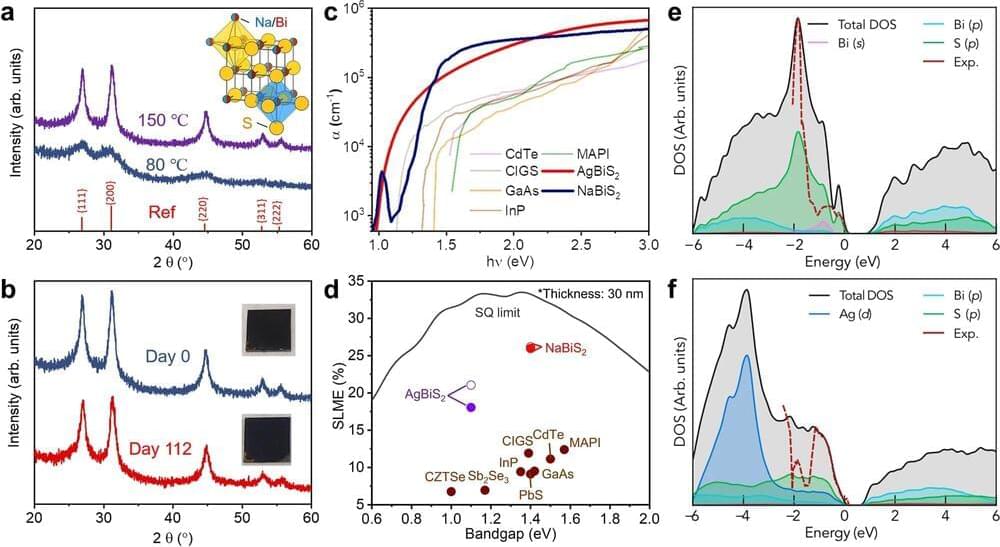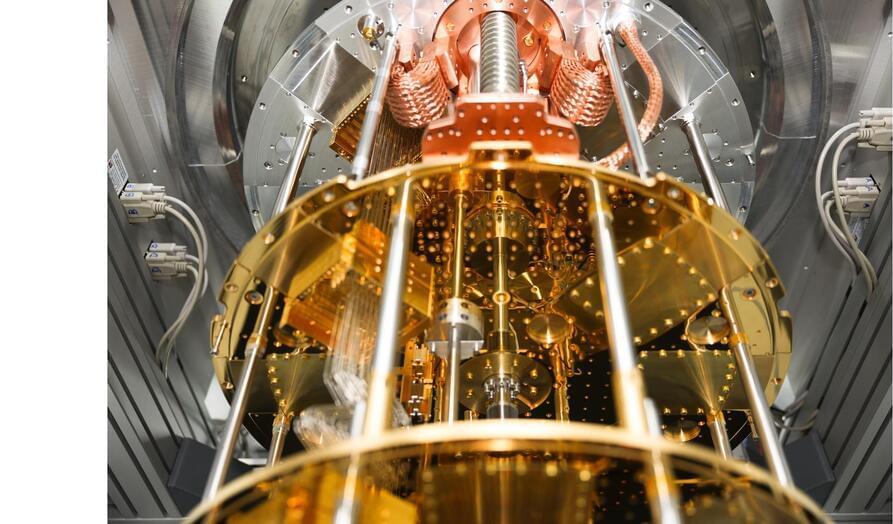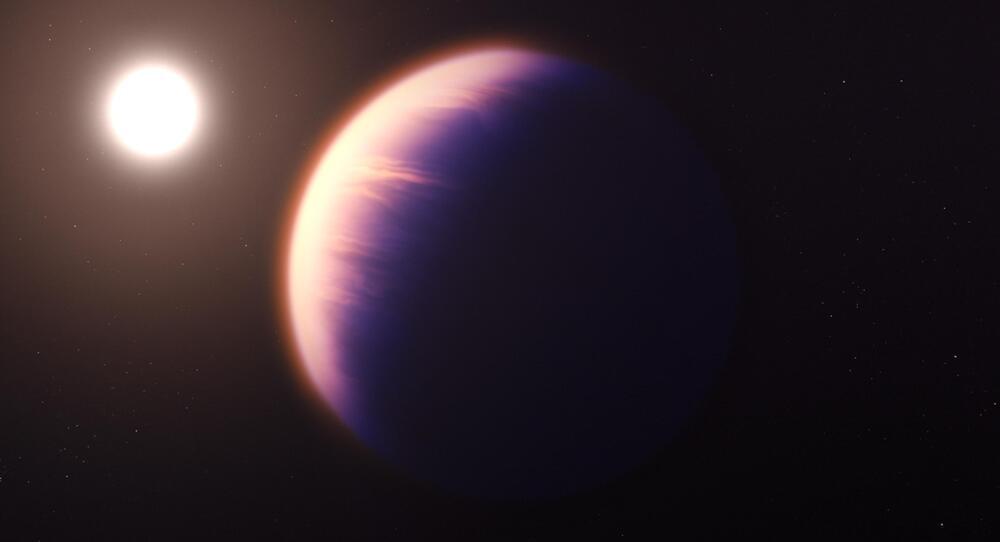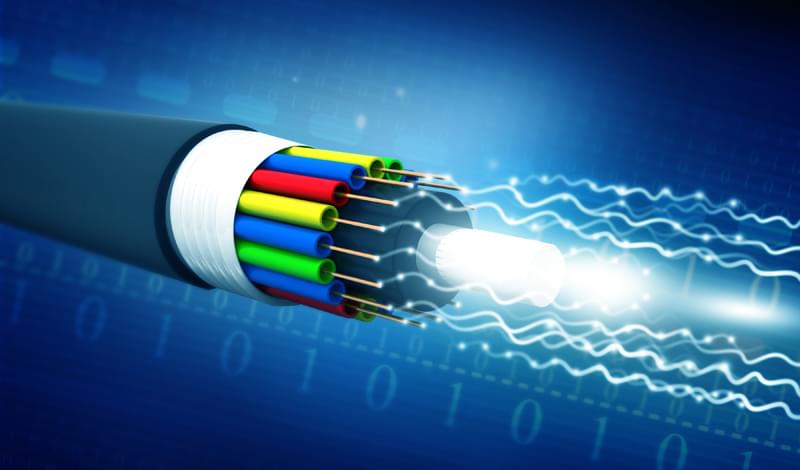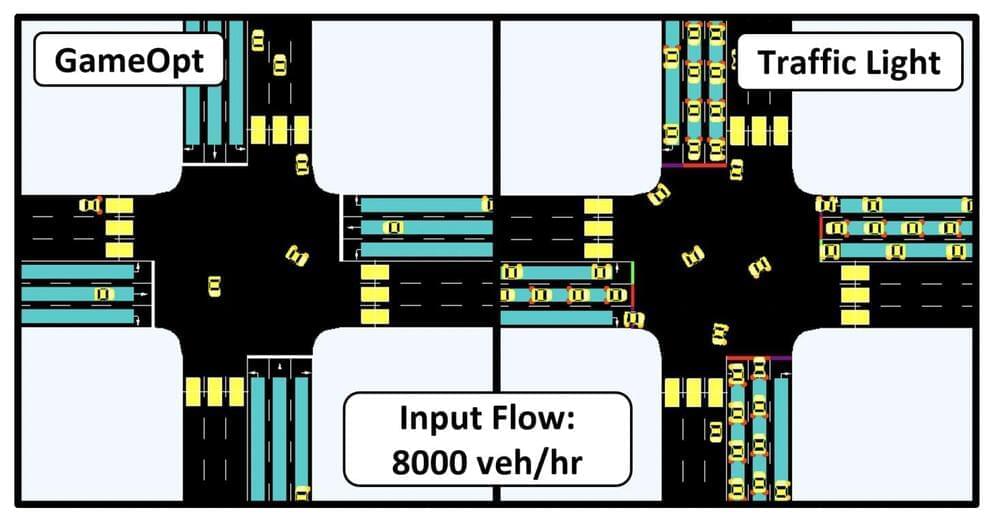Aug 25, 2022
Thousands of Americans eligible for direct payments worth up to $2,550
Posted by Shane Hinshaw in categories: economics, government
Actual universal basic income going on 💸💵💰🪙
STIMULUS checks have given Americans a feel for universal basic income (UBI) – but folks in certain states and cities are getting used to this idea.
UBI is a set of recurring payments that individuals get from the government. These can be paid out every month, several times a year, or just once annually.
Continue reading “Thousands of Americans eligible for direct payments worth up to $2,550” »

